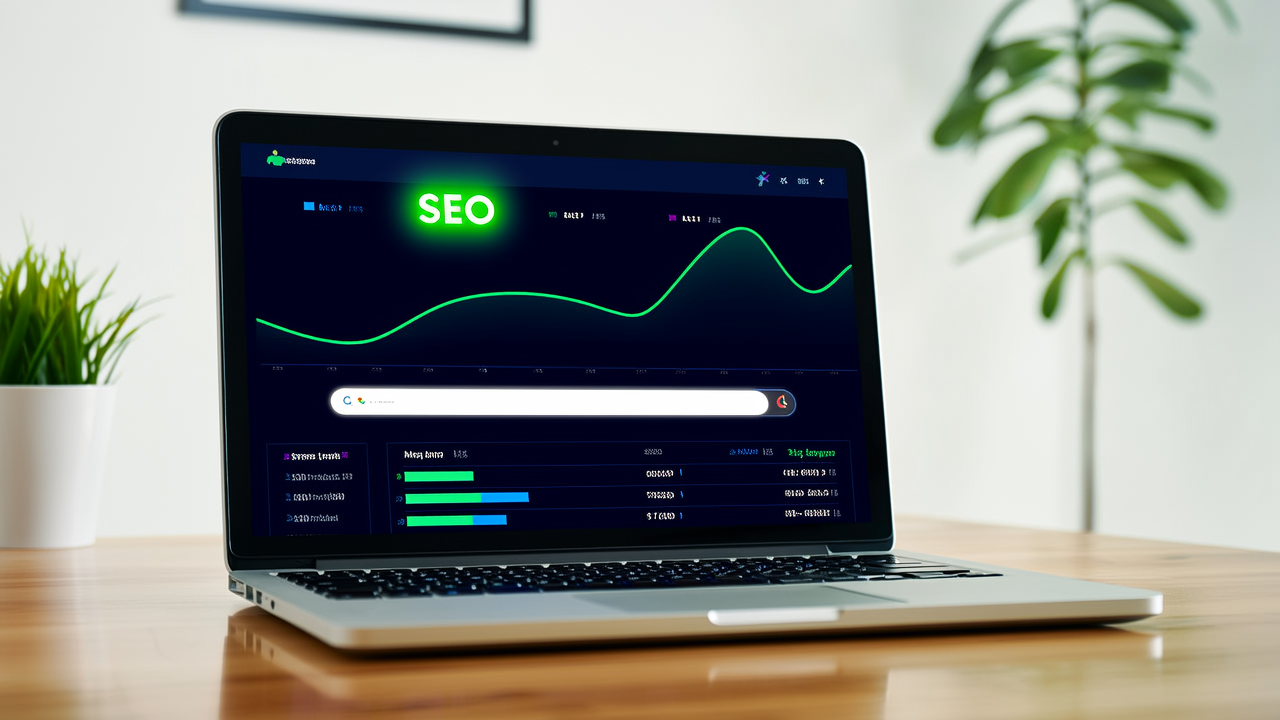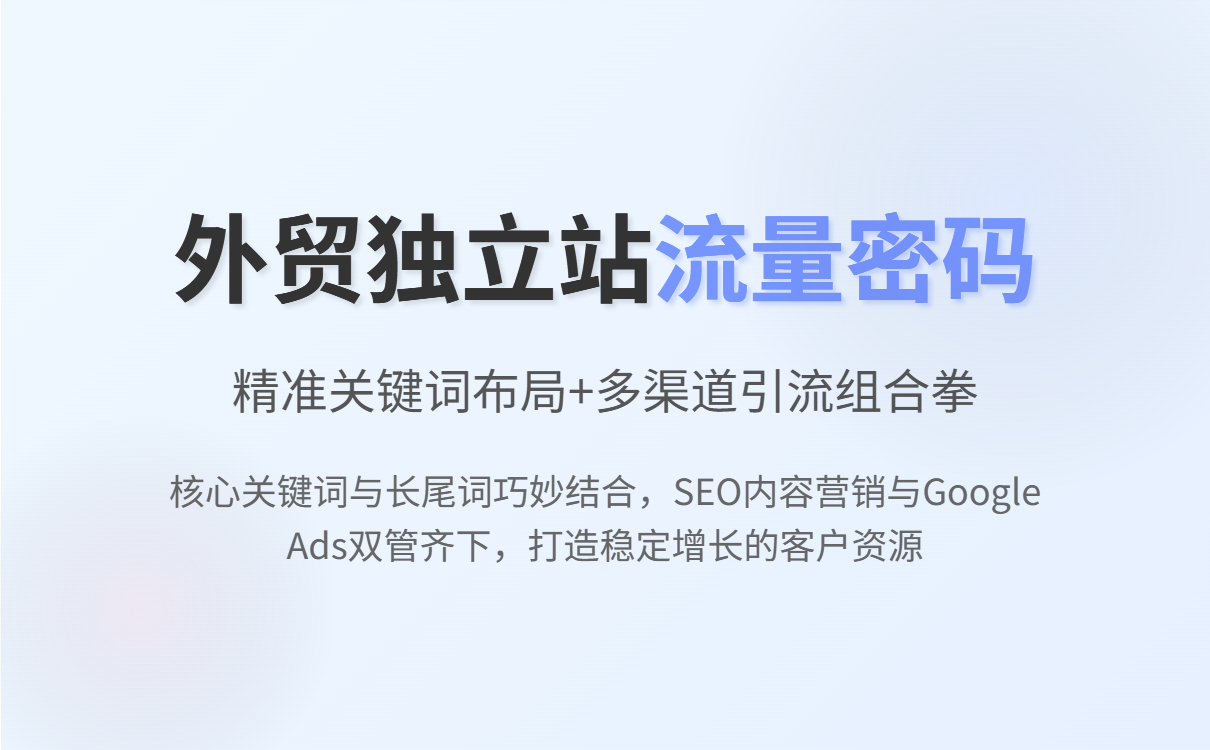
Many B2B foreign trade enterprises, after building their overseas websites, often face the problem of insufficient organic traffic. In the era of digital marketing, Google natural ranking plays a crucial role in driving traffic to these websites. Let's explore the hidden secrets of smart SEO full - link optimization to solve this problem.
One of the core technologies in smart SEO is the AI - based automatic generation of TDK tags and Alt text. TDK tags, which include Title, Description, and Keywords, are essential for search engines to understand the content of a web page. Alt text, on the other hand, helps search engines interpret the images on a page.
For example, a German B2B manufacturer of industrial machinery used AI to generate TDK tags and Alt text for their website. Before using the AI technology, their Google natural ranking was around 50th - 60th for relevant keywords. After implementing the AI - generated tags and text, their ranking improved to within the top 10 in just 3 months. The principle behind this is that AI can analyze a large amount of data, including search trends and user behavior, to create tags and text that are highly relevant to search queries.

Localization is key when it comes to SEO for foreign trade websites. Different languages and regions have unique search habits. For instance, in Germany, users often use long - tail keywords. A German long - tail keyword might be "hochwertige industrie - maschinen für kleine unternehmen" (high - quality industrial machines for small enterprises). In Japan, using Romanized Japanese can be effective for search engines.
Let's take a Chinese B2B e - commerce company selling electronics as an example. They targeted the Japanese market by using both Japanese characters and Romanized Japanese in their keywords. By doing so, they increased their organic traffic from Japan by 40% within 6 months. A comparison table below shows the difference in traffic before and after the multi - language keyword layout:
| Time Period | Traffic from Japan |
|---|---|
| Before multi - language keyword layout | 500 visits per month |
| After multi - language keyword layout | 700 visits per month |
Monitoring competitors' keywords is a valuable part of SEO. There are many competitor keyword monitoring tools available, such as SEMrush and Ahrefs. These tools can help you identify the keywords your competitors are ranking for and the strategies they are using.
For example, a French B2B furniture manufacturer used a competitor keyword monitoring tool to analyze their top 5 competitors. They found that their competitors were using some long - tail keywords related to "eco - friendly furniture" that they had not considered. After adding these keywords to their website and optimizing their content, they saw a 25% increase in their Google natural ranking for relevant search terms. This shows how competitor keyword monitoring can provide insights for on - page optimization.

Alt text is often overlooked but is crucial for image SEO. Many times, Alt text doesn't work because it's either too generic or not relevant to the content. To make Alt text effective, it should be descriptive, include relevant keywords, and accurately represent the image. For example, instead of using "product image", use "high - resolution image of our latest industrial pump with advanced features".
By following these tips and implementing a comprehensive smart SEO full - link optimization strategy, B2B foreign trade enterprises can break through geographical traffic bottlenecks and achieve growth in overseas customer acquisition. If you're a B2B manufacturer or e - commerce enterprise struggling with Google natural traffic, don't miss out on these proven SEO techniques.

Ready to boost your foreign trade website's Google ranking? Click here to learn more about our smart SEO optimization services!
.png?x-oss-process=image/resize,h_100,m_lfit/format,webp)
.png?x-oss-process=image/resize,h_100,m_lfit/format,webp)

.png?x-oss-process=image/resize,h_100,m_lfit/format,webp)
.png?x-oss-process=image/resize,h_100,m_lfit/format,webp)
.png?x-oss-process=image/resize,h_100,m_lfit/format,webp)
.png?x-oss-process=image/resize,h_100,m_lfit/format,webp)
